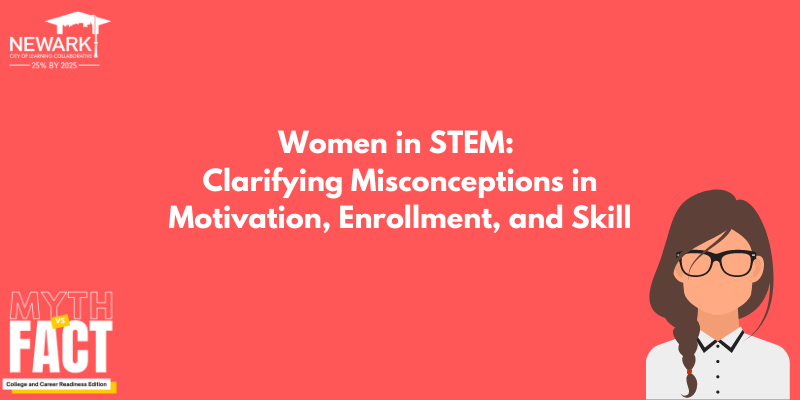Understanding Equal Opportunity for Women
Historical attitudes in the United States have unfortunately served to spread false gender stereotypes. Gender stereotypes negatively impact the opportunities of our country’s women. These attitudes lead people to believe that women can not accomplish the same things that men can–and that is simply not true.
The modern exploration of gender expression has been restructuring the social attitudes that limited women’s lives for generations. Attitudes claiming that “women aren’t as smart as men,” or anything along the lines of women being unequal to men, are entirely inaccurate. They stem from outdated, prejudiced social norms that male-dominant (patriarchal) societies carried through history.
Children as young as six years old tend to show signs of internalized stereotypes. That means: a six-year-old girl might already believe, for example, that she has to be a nurse because society made her believe only boys can be doctors. This only limits the child’s potential!
Myth vs. Fact
A contemporary stereotype that limits opportunities for Women in the US is the misguided belief that women aren’t as good as men in STEM fields. Science, Technology, Engineering, and Math are the component fields of study for these disciplines. The following examples will serve to show why that stereotype is not true.
People use backwards reasoning to justify attitudes against women. For example, the myth, “there are no women working in STEM” is a meritless claim.
More than 50% of researchers in Bulgaria, Latvia, and Lithuania, and above 40% of researchers in Latin America and the Caribbean are women! This is more evidence to show that many stereotypes involving women are unfounded claims.
People think men are simply better, perhaps by nature, than women in studying and understanding Science and Math. Also, recent studies show that girls often score as well or better than young boys on public school science and math tests.
People also believe the absurd viewpoint that women might not be as interested in the fields as men are, and this serves to gaslight women. Women and men are both extremely capable categories of humans, with about the exact same potentials in life. Society, however, has expressed biases–implicit and explicit–that can make women believe they are less capable. Due to classroom gender bias, teachers tend to put more faith in boys than they do in girls, especially in STEM subjects. Parents also put more pressure on sons than they do daughters to study STEM fields. So it is certainly not that women are less capable, it’s just that some groups of people have the misguided notion that women are lesser, and due to their influence, some people listen and perpetuate these falsehoods.
Conclusion
Shifting the societal narrative about equal opportunity can assist in building confidence in younger girls, so that from youth, they will never have to doubt themselves. Furthermore, they can build the resilience to never regard the false claims of backward-thinkers who want to limit their growth.
Also important to note is that not only men perpetuate these stereotypes. Women do too, and oftentimes nobody realizes that they spread these stereotypes. This shows how many of these attitudes come from implicit biases. Society has evolved in a way that economic policy dictates culture and indoctrinates everyone into the same system of beliefs and implicit attitudes, which is why people can self-discriminate and hold cultural biases.

